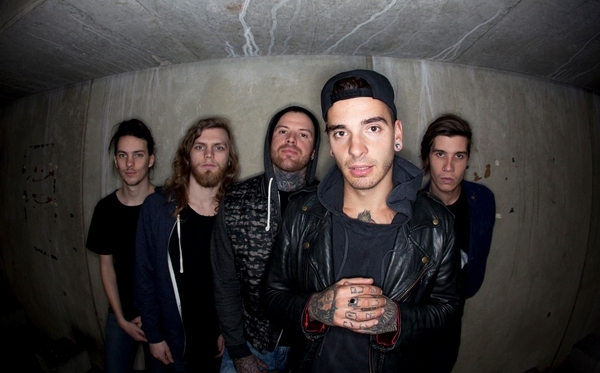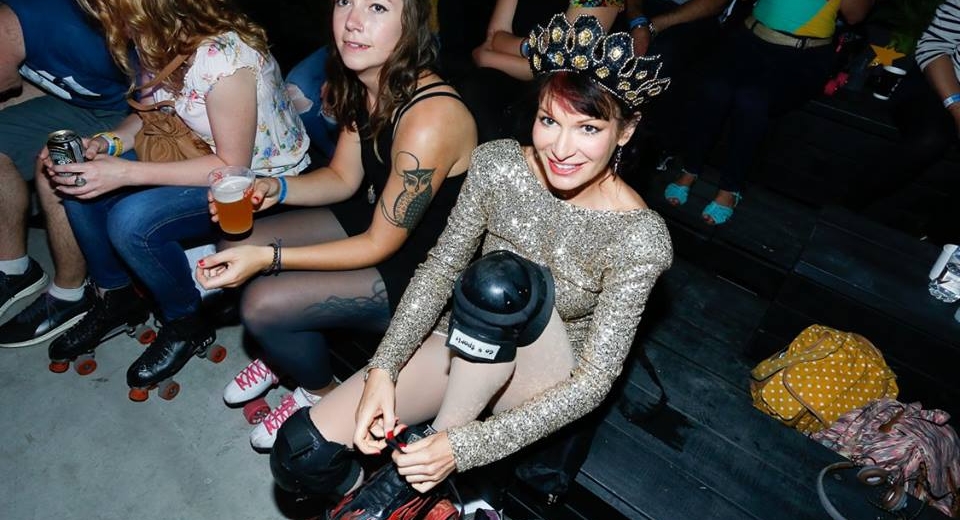“I guess in some small way we still have that old school mentality like bands like Fugazi,” says Gadacz. “When I was 16 or 17 or something I was into that straight-edge hardcore. Obviously that’s changed, but compared to what was going on in the scene [back then], right now there’s nothing but pop art and pop music. It’s literally almost to a point where it makes you angry about what hardcore – or so they call it these days – has turned into. It’s an absolute joke. We’re competing with charting next to Justin Bieber.”
It would’ve been very unlikely for earlier waves of hardcore or metalcore bands to gain airtime on any large-scale commercial radio station, but the genres have undergone some drastic changes in the past decade. As far back as 2009, bands like Parkway Drive began appearing on indie festival bills, while electronic influences and cleaner vocals started infiltrating the music of groups such as Bring Me The Horizon and Enter Shikari, replacing the chaos of older metal music with a more digestible sound for the broader public. While Gadacz admits there have been changes, both good and bad, the heavy scene’s newfound popularity has worked in Dream On Dreamer’s favour.
“I’m not saying we’re not like that – we can’t help the fact that this music is getting more popular in the ARIA charts,” says Gadacz. “There’s nothing wrong with it, it just shows that there’s more chances and possibilities for these kind of acts to come out. In terms of the whole DIY thing, what’s the point? We’re trying not to be a band that just creates music – we create our own art, for example. When it comes to anything that we print, whether it’s T-shirts, CD artworks, everything, we’ve been able to create it ourselves.
“It’s really something where if you’re connected to Dream On Dreamer you’re not just connected to the music, you’re connected to the lyrical side of things, to our art in general. For us, it’s a really good way to connect with the fans, especially on a personal level as I’m behind the whole artwork. It’s something I can really embrace – I’m fully myself. I can put as much energy as I want into the art side of things, and people are connecting to it and it’s one of the best rewards a band can have. It’s really amazing to see.”
Nevertheless, Gadacz believes there are too many heavy artists getting caught up in the rock star mentality, and forgetting what playing in a band should really be about. He sees it as a generational issue, where the purity of the old wave of metal and hardcore has disappeared.
“We don’t really feel inspired by the industry at the moment. We don’t feel inspired by what’s going on. When you are involved with this stuff, you realise how fake everything is. Society is already fake as is. If we want to be in a scene where people are divided, where there’s a true passion or true movement or unity, mental states and the like, I think you can’t be doing what the bands are doing at the moment – doing the whole pop thing and betraying people or falling into their hands about things. The industry is so full of lies. It gets you to a point where I’d rather play to 50 people who actually give a shit over 5,000 people who just came because they were told to be there.”
BY THOMAS BRAND

